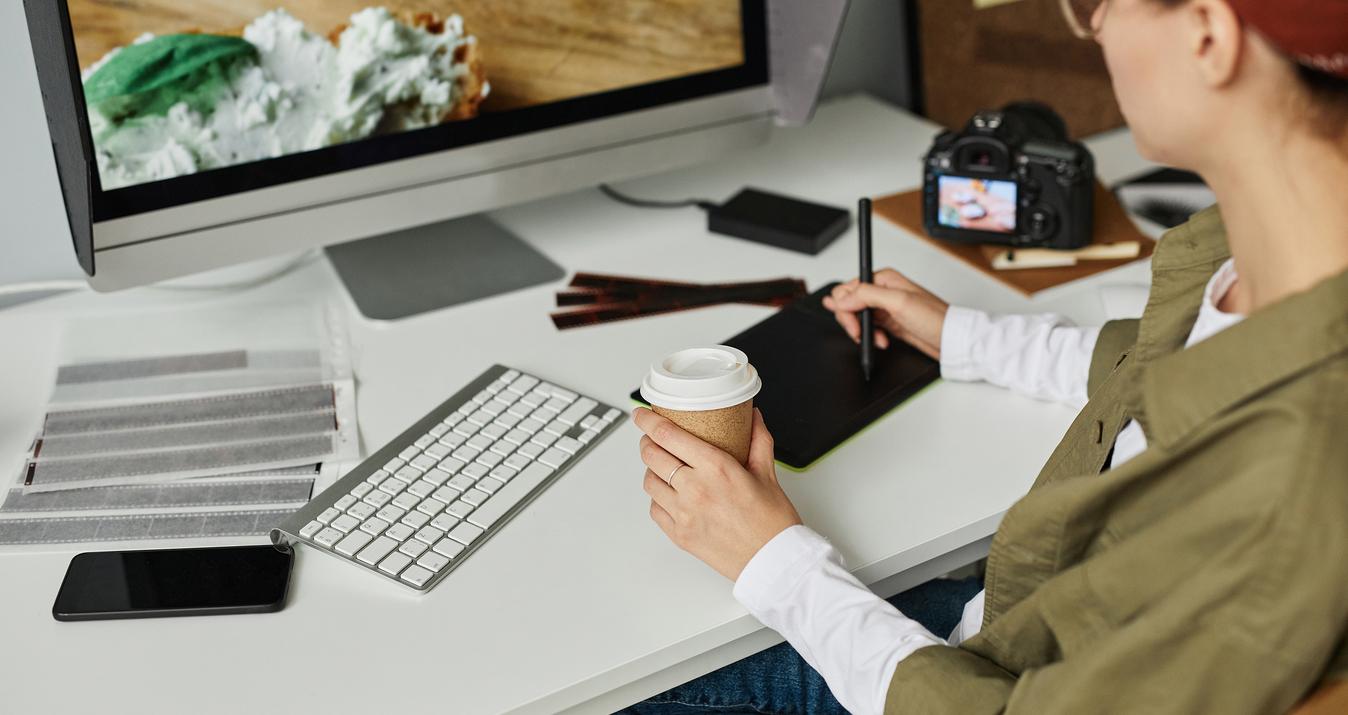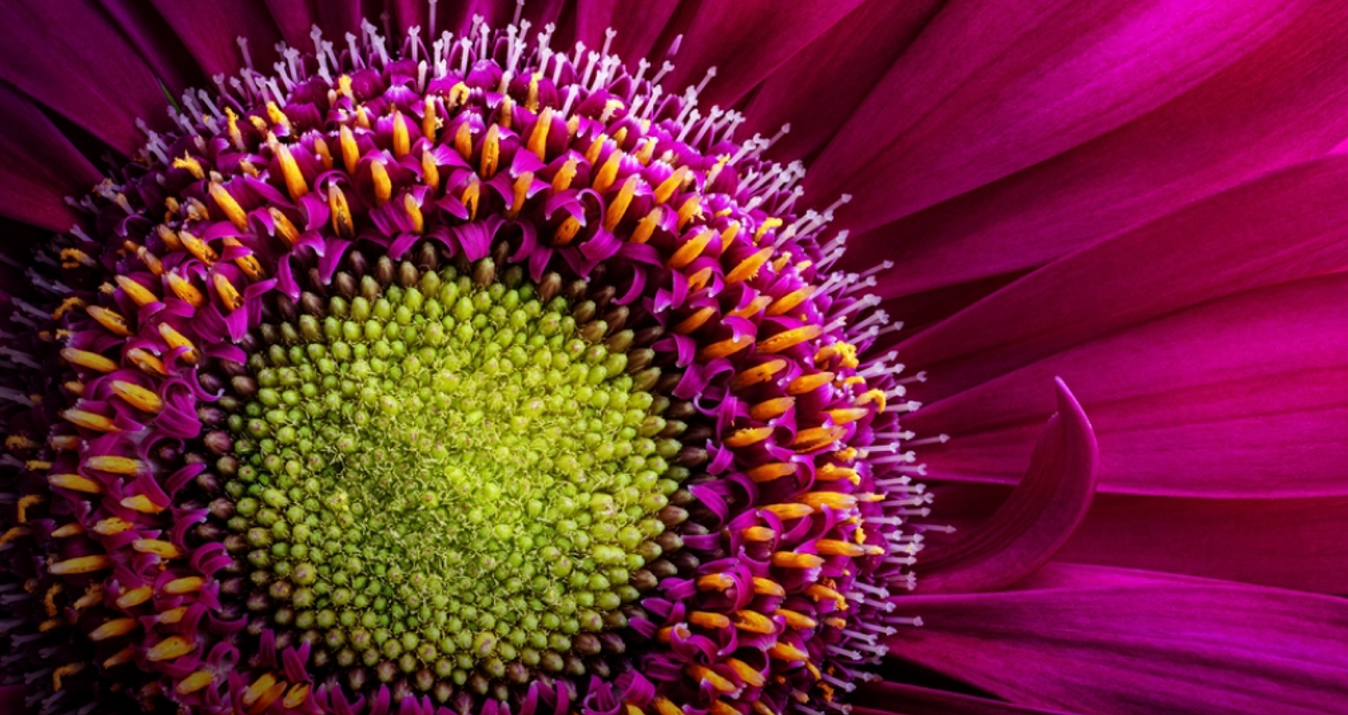Fine Art Portrait Photography Ideas for Timeless Images
June 06, 2025
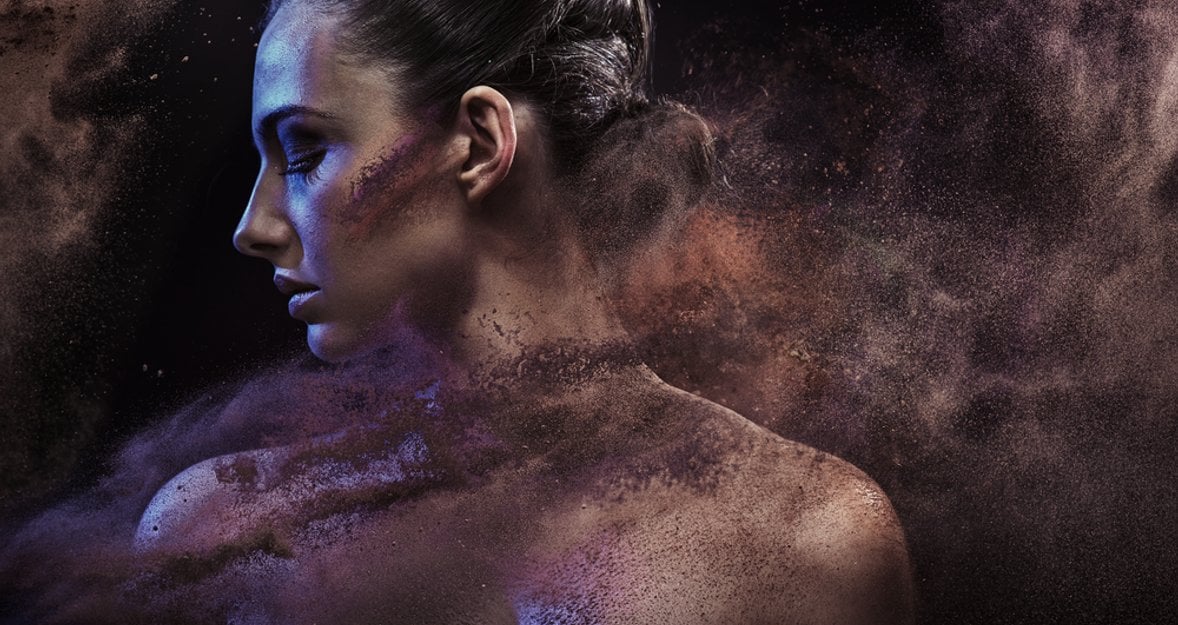
Explore the world of fine art portrait photography—where classical painting meets modern imagery. Learn how to create timeless, gallery-worthy portraits.
Fine art portrait photography is where photography meets classical art. As someone who's always been inspired by paintings—the light, the mood, the storytelling—I've found this genre incredibly rewarding. It gives you the freedom to slow down, be intentional, and create images that feel timeless.
By drawing from historical references—think Rembrandt’s shadows or Vermeer’s calm interiors—you can build portraits that go beyond documentation. It’s all about thoughtful lighting, expressive poses, and styling that brings a painterly feel to your work.
In this article, I’ll share some ideas and techniques that helped me get started, and hopefully get you thinking about your own gallery-worthy piece. Let’s get into it.
What Are Fine Art Portraits?
 Before diving into techniques, let’s clarify something important—what exactly makes a portrait “fine art”?
Before diving into techniques, let’s clarify something important—what exactly makes a portrait “fine art”?
As photographers, we know portrait photography can take on many forms: client work, headshots, lifestyle shoots, or even editorial spreads. But fine art portraiture plays by different rules. It’s more intentional, more emotional, and—at its best—more timeless.
Your AI-Powered Photo Editor for MacOS and Windows
Discover Now!Let’s break it down.
What Fine Art and Regular Portraits Have in Common:
Fine art and regular portraits both involve:
Human subjects
Storytelling
Post-processing and retouching
Flexibility in shooting indoors or outdoors
But the real difference? It's all about purpose and presentation.
What Sets Fine Art Portraits Apart:

Purpose: Fine art portraits are created as art. They aim to tell a deeper story, express an idea, or evoke a specific emotion. Regular portraits, meanwhile, often serve commercial or personal needs—think branding, social media, or client headshots.
Composition: Fine art portraits take cues from classical painting. You’ll often see balanced, deliberate framing that mirrors the works of Rembrandt, Vermeer, or Caravaggio. Regular portraits can also be creative, but the structure tends to be more flexible—sometimes clean and simple, other times modern and experimental.
Lighting: In fine art, lighting is a storytelling tool. It’s moody, dramatic, cinematic. Think soft shadows and controlled highlights. In contrast, portrait photographers often aim for natural light or even, studio-style setups that flatter the subject across multiple uses.
Wardrobe & Styling: This is one of the clearest giveaways. Fine art portraits lean into elaborate styling—period costumes, textured fabrics, vintage props—to build a visual narrative. Modern portraits stick to contemporary looks or branding-friendly outfits, depending on the subject.
End Goal: Regular portraits might end up in a LinkedIn profile, fashion catalog, or on a client’s wall. Fine art portraits? They’re destined for gallery walls, exhibitions, personal portfolios, or fine art prints. They're not just images—they're statements.
Fine Art Photography Portrait Ideas
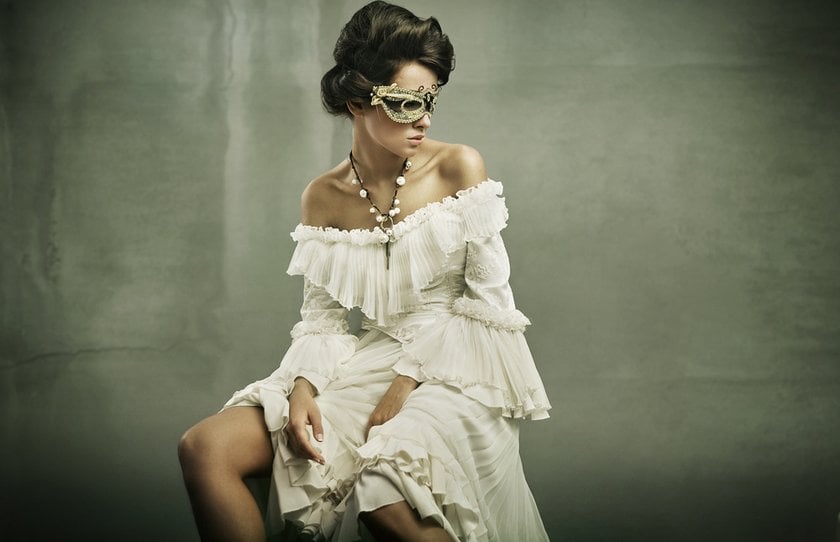 The world of fine art portrait photography is full of inspiration—it’s where centuries of art history meet your lens. If you’re ready to push your creativity and give your portraits that gallery-worthy edge, here are some ideas that can spark your next project.
The world of fine art portrait photography is full of inspiration—it’s where centuries of art history meet your lens. If you’re ready to push your creativity and give your portraits that gallery-worthy edge, here are some ideas that can spark your next project.
Idea 1: Emulate Classic Paintings
 One of the best ways to learn fine art portraiture is by studying the masters. Pick a painting that speaks to you—maybe something by Vermeer, Bouguereau, or Klimt—and try to recreate it. Match the lighting, replicate the clothing, mimic the pose. It’s a creative challenge that teaches you tons about composition, texture, and mood.
One of the best ways to learn fine art portraiture is by studying the masters. Pick a painting that speaks to you—maybe something by Vermeer, Bouguereau, or Klimt—and try to recreate it. Match the lighting, replicate the clothing, mimic the pose. It’s a creative challenge that teaches you tons about composition, texture, and mood.
Idea 2: Recreate Painterly Lighting
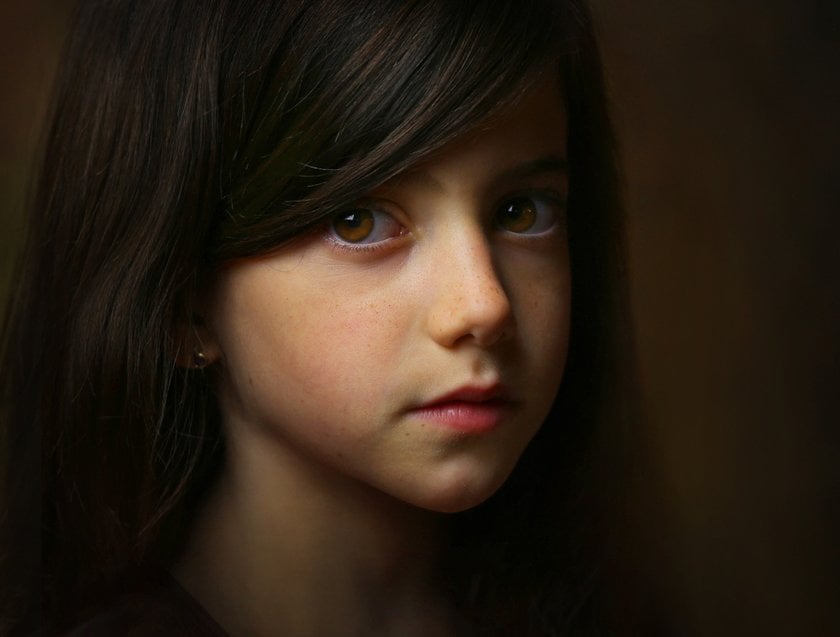 Great lighting is at the heart of fine art portraiture. Borrow techniques from classic paintings—Rembrandt, chiaroscuro, butterfly, or low-key setups all bring drama and depth to your image. Start with one lighting style and adapt it to your subject and environment. You don’t need a huge studio—just thoughtful setup and control.
Great lighting is at the heart of fine art portraiture. Borrow techniques from classic paintings—Rembrandt, chiaroscuro, butterfly, or low-key setups all bring drama and depth to your image. Start with one lighting style and adapt it to your subject and environment. You don’t need a huge studio—just thoughtful setup and control.
Exclusive Tools of Endless Possibilities in One AI Editor
Explore Now!Idea 3: Add a Surreal Twist

Fine art doesn’t always have to be traditional. Tap into surrealist influences to add a dreamlike, symbolic, or otherworldly atmosphere to your portraits. Think levitation, unexpected props, or subtle digital manipulation—blended with classic lighting and styling for a unique look that bends reality.
Idea 4: Build Stories Into Your Images
 Fine art portraits aren’t about smiling for the camera—they’re about emotion, symbolism, and storytelling. Let your portraits say something: explore identity, loneliness, fantasy, social issues, or mythology. Start with a story or concept, then let it guide your choices in styling, posing, and mood.
Fine art portraits aren’t about smiling for the camera—they’re about emotion, symbolism, and storytelling. Let your portraits say something: explore identity, loneliness, fantasy, social issues, or mythology. Start with a story or concept, then let it guide your choices in styling, posing, and mood.
Idea 5: Go Minimal, Stay Bold
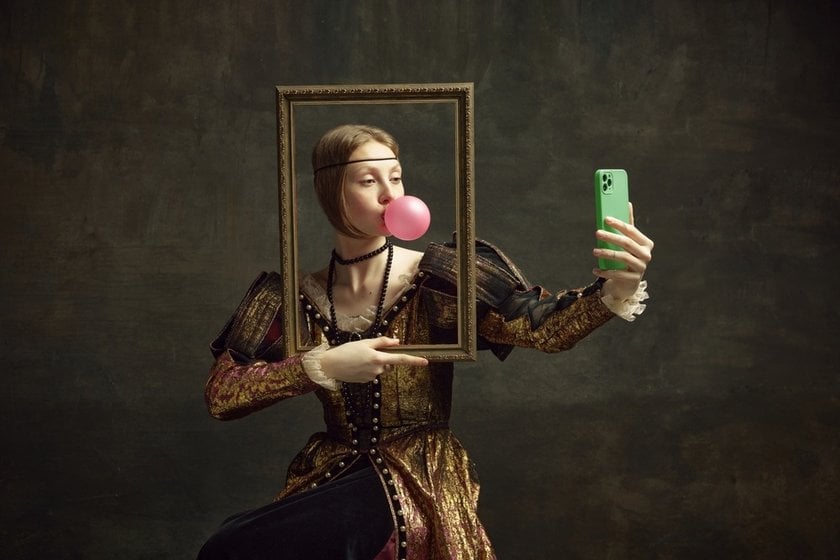 Strip the set back. A neutral backdrop, natural light, and a single color palette can create powerful images when paired with strong posing or styling. Mix in modern elements—like contemporary fashion or makeup—with classic framing to create striking contrast and timeless appeal.
Strip the set back. A neutral backdrop, natural light, and a single color palette can create powerful images when paired with strong posing or styling. Mix in modern elements—like contemporary fashion or makeup—with classic framing to create striking contrast and timeless appeal.
Idea 6: Highlight Texture
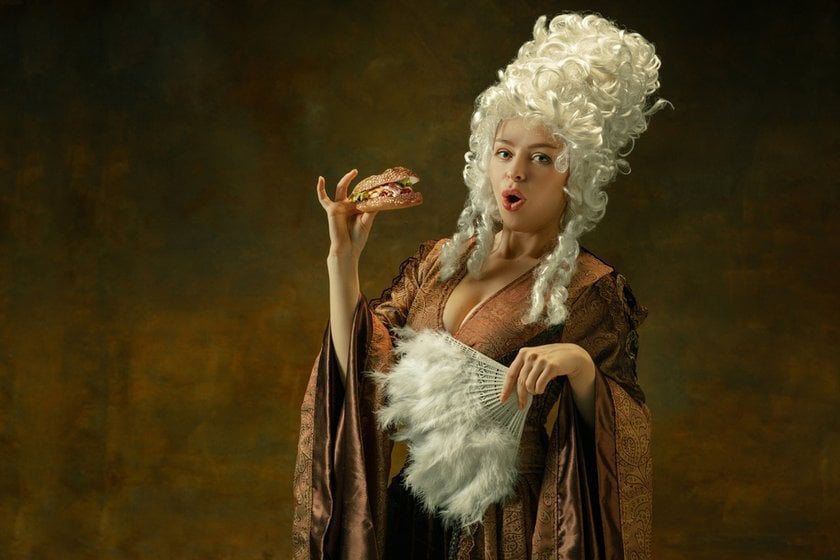 Textures bring your portraits to life. Focus on fabrics, hair, skin, and even backgrounds. Play with layers of lace, velvet, or rough linen. Get close to show the texture of skin or light falling across fabric folds. These tactile details add depth, especially when printing your work.
Textures bring your portraits to life. Focus on fabrics, hair, skin, and even backgrounds. Play with layers of lace, velvet, or rough linen. Get close to show the texture of skin or light falling across fabric folds. These tactile details add depth, especially when printing your work.
Idea 7: Try Self-Portraits
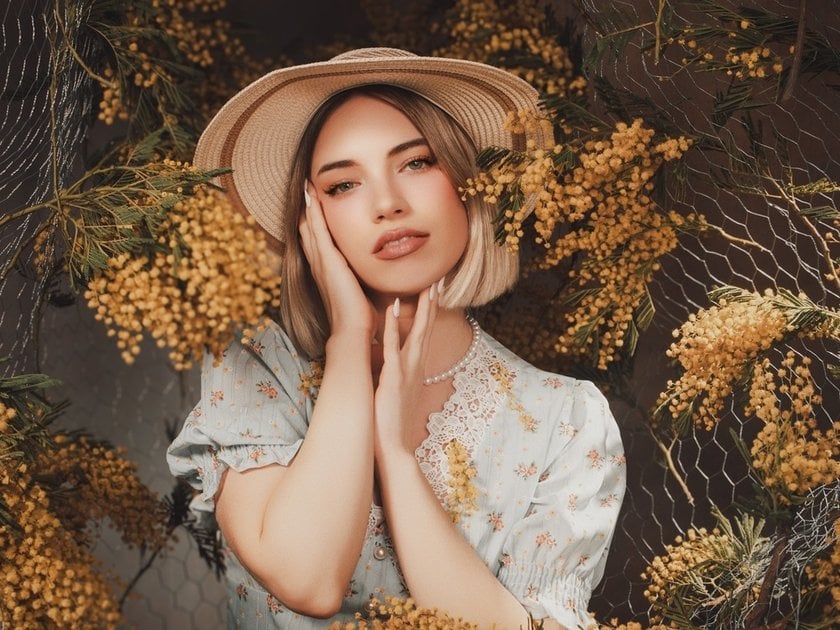 Channel the great artists who painted themselves and turn the camera on you. Self-portraiture is a great way to experiment with lighting, styling, and expression. Try period clothing or lean into your own identity with modern styling—either way, it’s a powerful way to explore emotion and presence through your own lens.
Channel the great artists who painted themselves and turn the camera on you. Self-portraiture is a great way to experiment with lighting, styling, and expression. Try period clothing or lean into your own identity with modern styling—either way, it’s a powerful way to explore emotion and presence through your own lens.
Idea 8: Step Outside
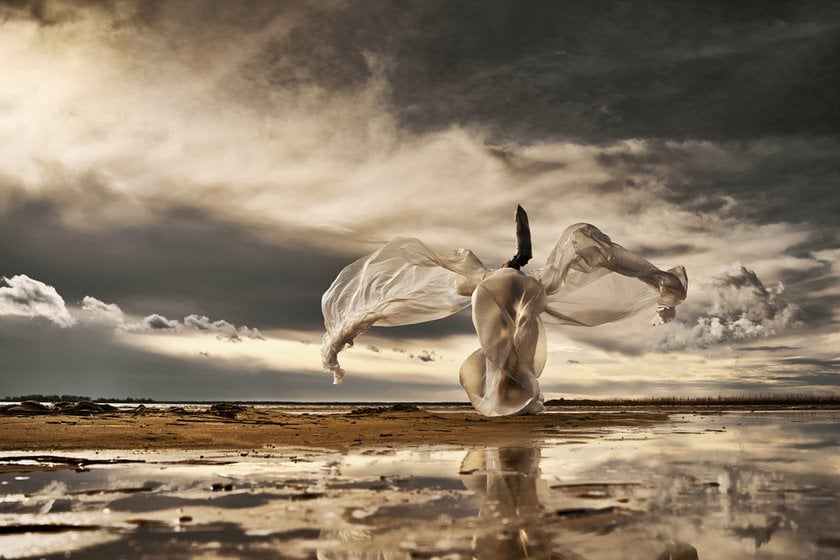 Fine art doesn’t have to stay indoors. Shoot in nature, old architecture, or moody urban spots. Bring your lighting or shoot during golden hour to maintain that painterly look. Rich textures like stone, foliage, or fog can elevate your portrait and give it a timeless quality. Just make sure the outfit and color palette work with your environment—think earthy tones, deep reds, or muted greens.
Fine art doesn’t have to stay indoors. Shoot in nature, old architecture, or moody urban spots. Bring your lighting or shoot during golden hour to maintain that painterly look. Rich textures like stone, foliage, or fog can elevate your portrait and give it a timeless quality. Just make sure the outfit and color palette work with your environment—think earthy tones, deep reds, or muted greens.
Idea 9: Get Inspired by the Classics
 The more art you study, the more ideas you’ll spot. Flip through art history books, museum catalogs, or even Pinterest boards of classical paintings. Take note of poses, colors, gestures, and lighting styles that stand out—and reinterpret them in your own way.
The more art you study, the more ideas you’ll spot. Flip through art history books, museum catalogs, or even Pinterest boards of classical paintings. Take note of poses, colors, gestures, and lighting styles that stand out—and reinterpret them in your own way.
Post-Processing Tips for Fine Art Portrait Photography
 Pressing the shutter is just the start—the magic really happens in post. In fine art portraiture, editing is where you shape the image into something timeless and painterly. It’s about enhancing beauty, balancing light, and adding emotion—without losing that natural, human touch.
Pressing the shutter is just the start—the magic really happens in post. In fine art portraiture, editing is where you shape the image into something timeless and painterly. It’s about enhancing beauty, balancing light, and adding emotion—without losing that natural, human touch.
Let’s walk through some key editing techniques that will elevate your fine art portraits and give them that gallery-ready feel.
Colour Grading with Intention
Before you even shoot, it's smart to have a color palette in mind—but post-production is where you refine it. In fine art photography, strong color grading decisions can make or break the mood.
Dial down overpowering tones like bright reds that might distract from the subject.
Aim for balance—earthy tones, muted palettes, or harmonious color contrasts inspired by classical paintings often work beautifully.
Tools like HSL sliders or selective color grading can help you gently shift hues until everything feels cohesive.
Texture: Sharpen What Matters
Texture gives your image life. The goal isn’t to make everything sharp, but to highlight the right areas—fabric, hair, eyes—while keeping skin soft and natural.
Use local adjustment tools or masks to selectively enhance texture.
Avoid over-sharpening the skin—it can quickly make your subject look over-processed.
Think of texture the same way a painter might: enhance details that tell the story, soften the ones that don’t.
Dodge & Burn: Paint with Light
 Dodging and burning brings depth and dimension to your image. In fine art portraits, it’s a subtle but powerful tool.
Dodging and burning brings depth and dimension to your image. In fine art portraits, it’s a subtle but powerful tool.
Brighten the whites of the eyes to bring them to life.
Deepen shadows under the chin or around the face to add contrast and sculpt the subject.
Keep it soft—use a low-opacity brush and build gradually for a natural result.
Add Softness with Purpose
To get that painterly softness, a gentle blur can go a long way—especially around edges or background elements.
Blur can reduce digital harshness and help guide the viewer’s eye.
Keep sharpness where it matters most (eyes, details in clothing or props), and use softness to separate subject from background.
Tools like Gaussian Blur or even Orton Effects can give that dreamlike finish, especially when layered with care.
Perfecting Skin: Think Painter, Not Plastic
Classic paintings idealized skin without making it look fake—and that’s your goal too. Start with good lighting and makeup, then refine it in post.
Smooth imperfections while preserving natural texture—this keeps your portrait feeling real.
AI tools like Luminar Neo's Skin AI can simplify this process. It offers advanced features for retouching skin, enhancing eyes, applying natural makeup, and even subtle body shaping—all while keeping your subject looking like themselves.
The Bottom Line
Fine art portrait photography is a deeply creative space where photography meets classical art. There’s endless inspiration to be found—whether you’re studying old master paintings or following the work of contemporary fine art photographers.
With every shoot, you have the opportunity to experiment with timeless elements like lighting, posing, texture, and composition. Start by planning your concept thoughtfully—choose your color palette with intention, and aim to recreate classic lighting styles that give your images depth and emotion.
In post-processing, bring the painterly feel to life. Sharpen and enhance texture where it counts, gently soften edges to add atmosphere, and refine skin for that smooth, polished finish. If you want to simplify the process without sacrificing quality, tools like Aperty can help you get professional results quickly, using AI-powered retouching built for portrait work.
So grab a sketchbook, browse an art history book, or revisit your favorite painting—and start creating. Your next gallery-worthy image is just one concept away.


